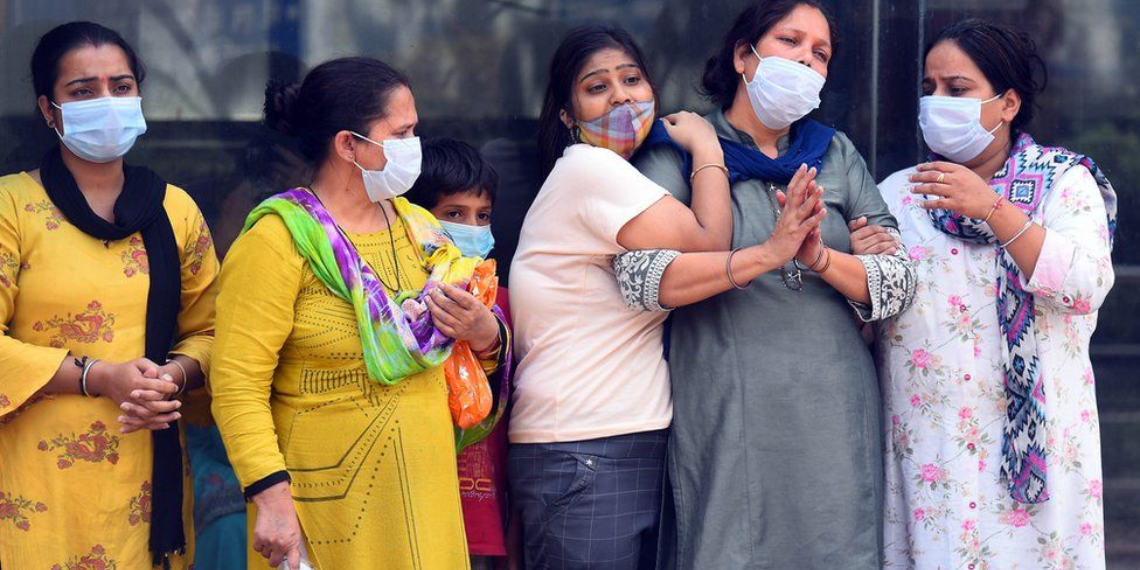The emergence of a new COVID-19 variant in India has put the nation’s healthcare system under immense pressure, reviving concerns about the capacity to handle a potential surge in cases. With memories of the devastating second wave still fresh, the government, healthcare professionals, and the public are grappling with the challenges posed by this new variant. This article explores the impact of the new COVID-19 variant on India’s healthcare system, the government’s response, and the efforts being made to ramp up vaccination campaigns and secure additional medical resources.
India’s healthcare system, which was already stretched thin before the pandemic, has been pushed to the brink by the successive waves of COVID-19. The second wave, in particular, exposed glaring gaps in the country’s medical infrastructure, as hospitals faced a shortage of beds, oxygen, and essential medicines. Now, with the emergence of the new variant, concerns are mounting about whether the healthcare system can cope with another spike in cases.
In response to the situation, the Indian government has taken several measures to reinforce the healthcare system and prepare for a potential increase in cases. These include expanding hospital bed capacity, increasing the production and availability of oxygen and essential medicines, and strengthening the country’s testing and contact tracing capabilities. The government has also ramped up its vaccination campaign, with a focus on vaccinating vulnerable populations and ensuring adequate supplies of vaccine doses.
Despite these efforts, challenges persist. Vaccine hesitancy remains a significant issue, with misinformation and mistrust hindering vaccination drives in some areas. Additionally, the uneven distribution of healthcare resources across the country has led to disparities in access to medical care, with rural areas and economically disadvantaged populations disproportionately affected.
To mitigate the strain on the healthcare system, several steps can be taken. First, addressing vaccine hesitancy is crucial. The government, along with civil society organizations and community leaders, must work to dispel myths and misconceptions about the COVID-19 vaccine and promote its benefits. This can be achieved through targeted communication campaigns and engagement with local communities.
Second, the government should prioritize the equitable distribution of healthcare resources, ensuring that rural and underserved areas have access to the necessary medical facilities and personnel. This can be achieved by allocating funds to build and improve healthcare infrastructure in these regions and by incentivizing healthcare professionals to work in remote and rural areas.
Third, the private sector should be actively involved in strengthening the healthcare system. Public-private partnerships can help increase the capacity of hospitals and other healthcare facilities, as well as facilitate the transfer of knowledge and expertise between public and private healthcare providers.
Lastly, a robust surveillance system is essential to monitor the spread of the new variant and assess its impact on public health. Strengthening genomic surveillance will enable health authorities to track the evolution of the virus and make informed decisions about public health interventions.
In conclusion, the emergence of the new COVID-19 variant has brought renewed strain to India’s healthcare system, highlighting the need for concerted efforts to bolster medical infrastructure, promote vaccination, and ensure equitable access to care. By working together, the government, healthcare professionals, and the public can navigate this challenging period and build a more resilient healthcare system for the future.







